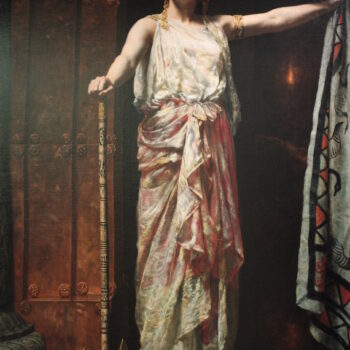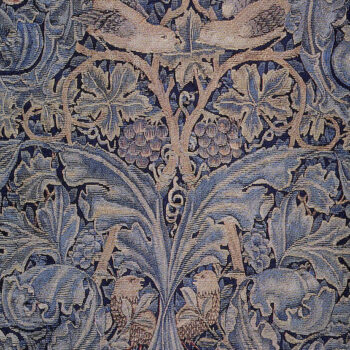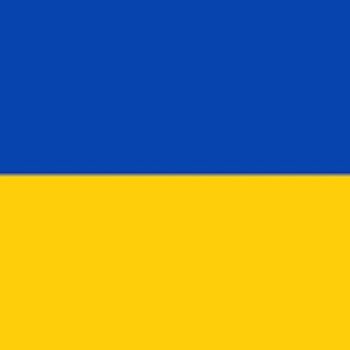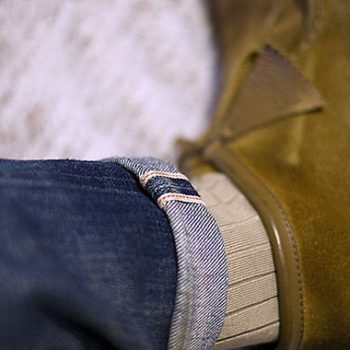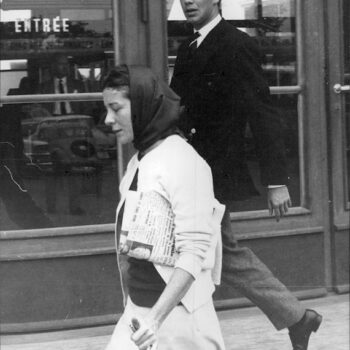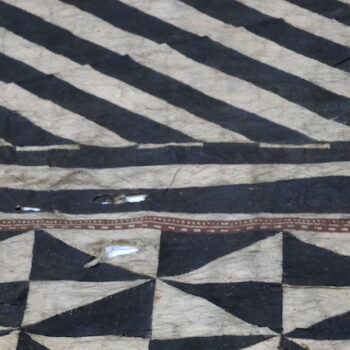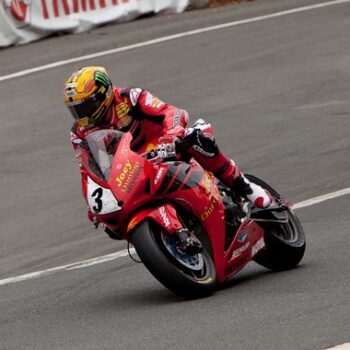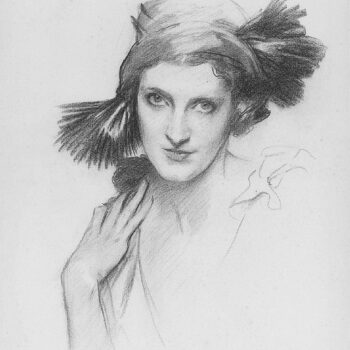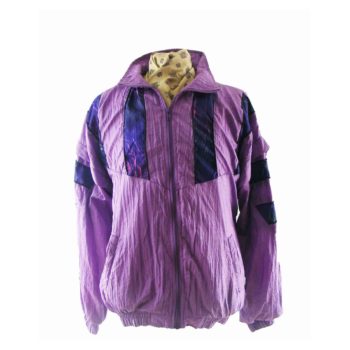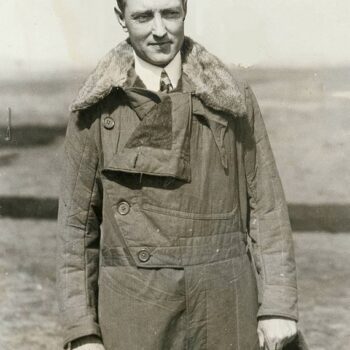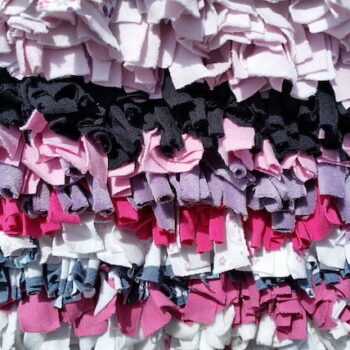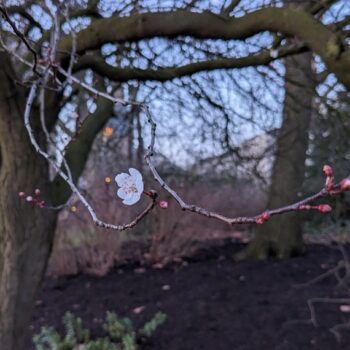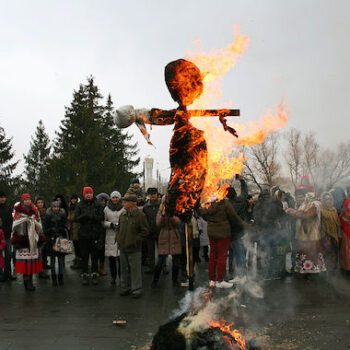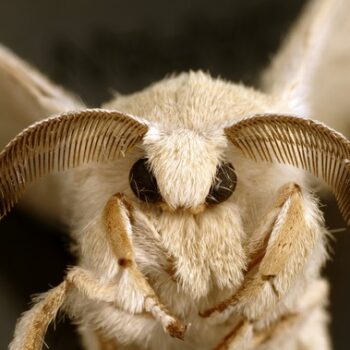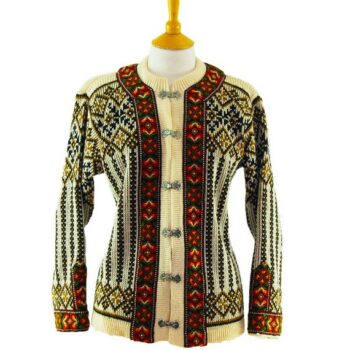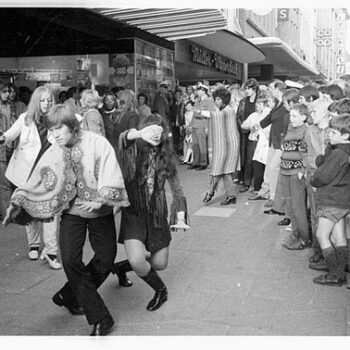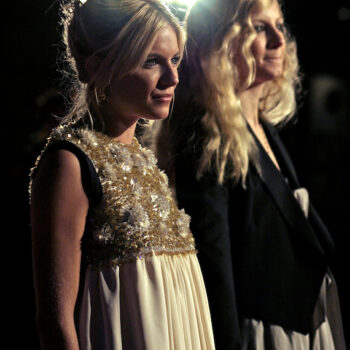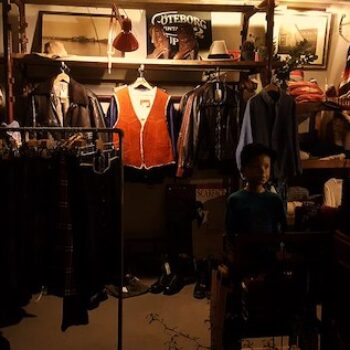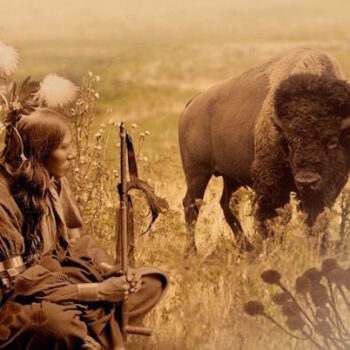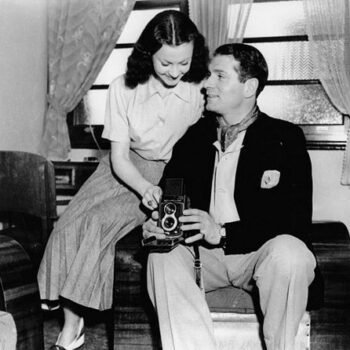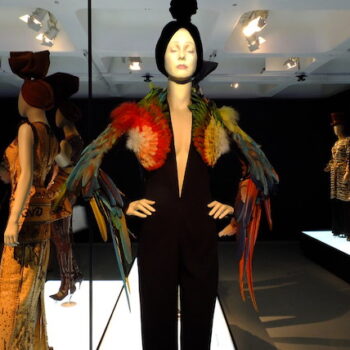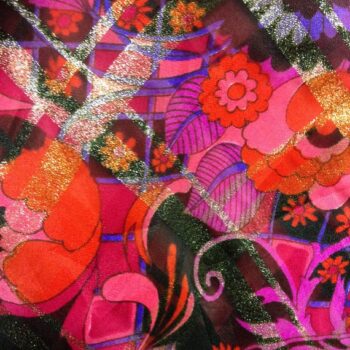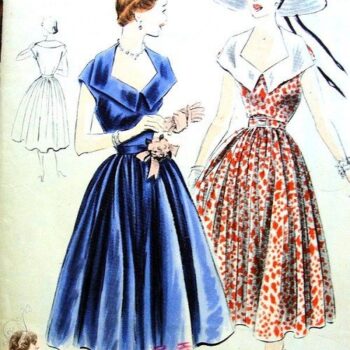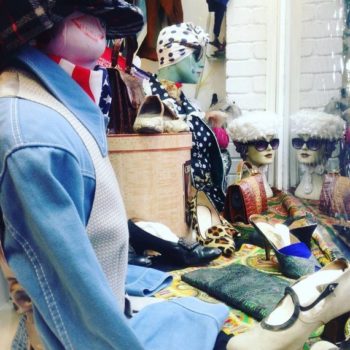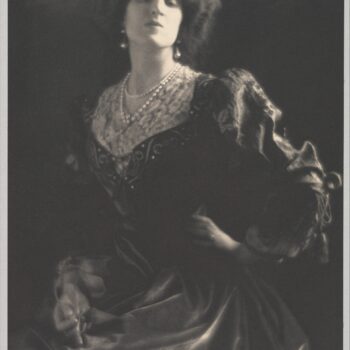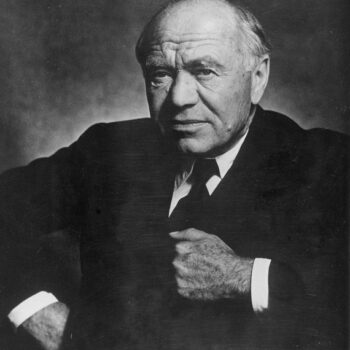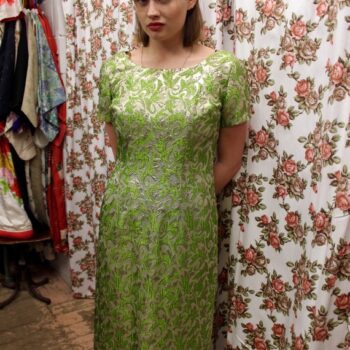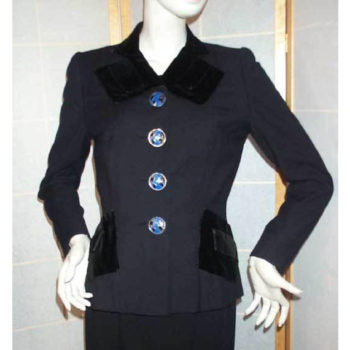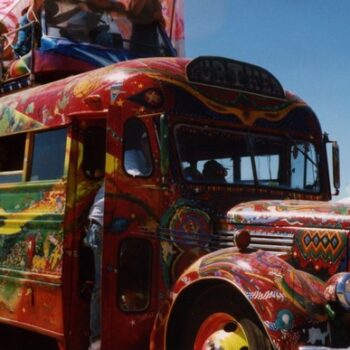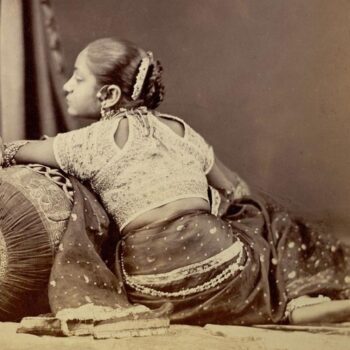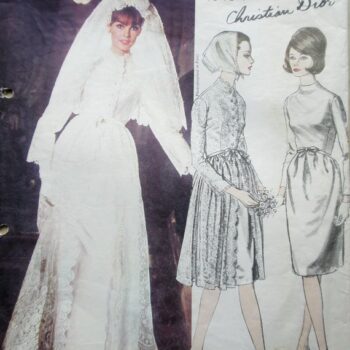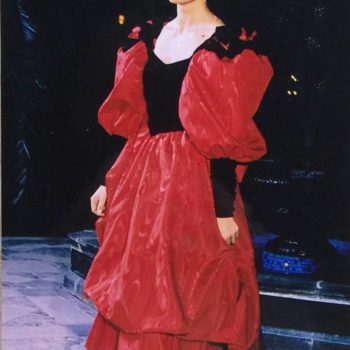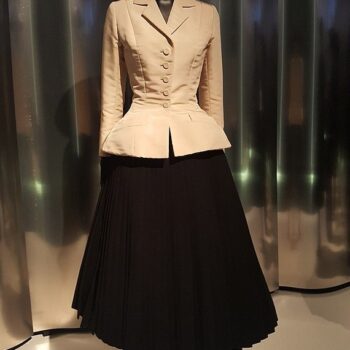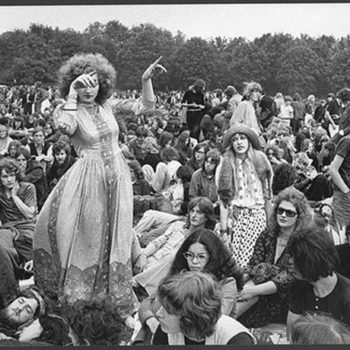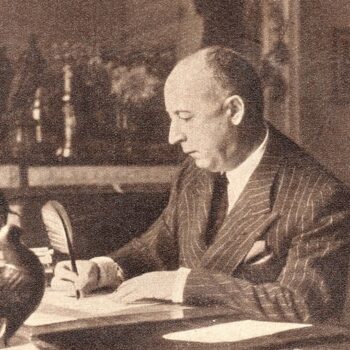Weaving Goddesses throughout the world
September 7, 2022When we hear the word “Godlike” it usually conjures up someone with immense power. And perhaps great muscles. And “Goddess”? Extraordinarily beautiful. Nice body. I mean, it’s understandable we think that – look at all those epic paintings showing be-muscled Greek gods seducing wilting Greek Goddesses. Which is a shame, because of course the pantheons of different civilisations go beyond power and beauty. The Christian religion celebrates the Harvest Festival, which I always liked for its domestic appeal; although not religious I enjoyed plaiting and baking loaves for it. Food is, of course, really important for human life and should be celebrated. So are clothes, and many cultures rightly celebrate and protect the means to make them, by honouring spinning and weaving goddesses. We already spoke about Athena, the Greek Goddess of weaving and war. There are many other goddesses in Mayan, Norse, Egyptian and Slavic cultures.
Weaving Goddesses – The Mayan Goddess Ix Chel
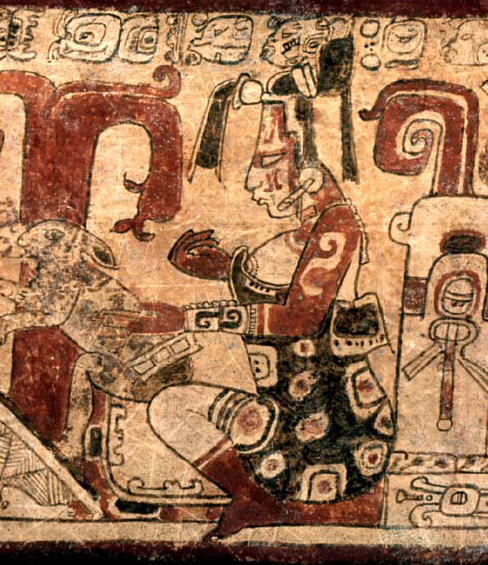
Ixchel. Image via Wikimedia.
In Guatemala, each settlement has its own traje tipico, or traditional costume. They are each very recognisable. People wore them in their daily life. But during the long civil war, from 1960 to 1996, it understandably became dangerous to advertise which area you came from. And so they became erased from daily wear. Now they are coming back, mostly for women but men wear them too on weekends and holidays.
In San Juan the men wear pinstriped, calf-length cotton trousers. The fabric is black and white, and it is embroidered with colourful birds. The women wear huipils – blouses – with gently gathered skirts, all in bright colours. There are complex stripes and patterns within the cloth. The fabric is hand-woven. Some villages use a foot loom, others a backstrap loom.
A backstrap loom works by attaching one end of the loom to a wall or tree, and using your body as the other fixed point to add tension. The strap around your back (or bottom) means you can move backwards as the piece gets longer. They are small and portable. As you weave, the woven length of fabric emerges onto your lap. It’s easy to see why in Mayan culture, Ix Chel or Ixchel is the goddess of weaving and birthing. Using a backstop loom, the two processes of creation have a similarity. Ix Chel is a 16th century jaguar goddess, who also presides over medicine. She has jaguar ears and is depicted with weaving implements in her headdress, as she tends to a woman giving birth.
The Norse Weaving Goddess Frigg
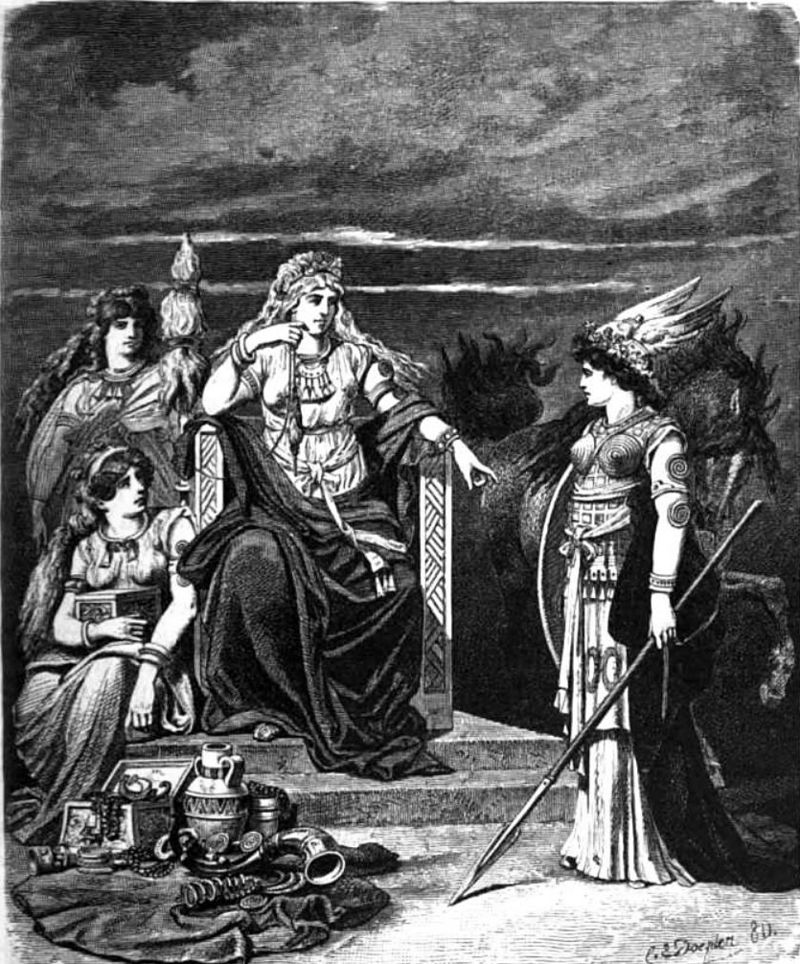
Frigg sits enthroned. Illustrated (1882) by Carl Emil Doepler. Image via Wikipedia.
In Norse mythology, Frigg was also the goddess of both weaving and childbirth. In fact, her attributes covered most of the “feminine” realm: marriage, childbirth, motherhood, wisdom, household management and weaving and spinning. And powerful magic.
Frigg was the most important goddess. She was the daughter of Fjorgynn (the male personification of the earth) and married to Odin, the top god. Frigg was a magician, called a Völva, and she practiced magic called seidr. Seidr worked by its practitioner finding out what the future holds – and then changing it to a more preferable version. This Frigg did by unpicking the offending sections of the tapestry of life and reweaving them. She held the threads of life in her hands. Frigg also shape-shifted into a falcon, using falcon feathers.
Before the Viking age the role of Völva had gone to the Chieftan’s wife, who was supposed to be able to see how a battle would unfold, and alter it in her village’s favour. But an influential woman became less of a positive thing. During the Viking Age, the Völva was a very powerful sorceress, and like most witches, she was alternately feared, scorned, flattered, and celebrated. Most Völva were itinerant by necessity, moving from village to village in return for food and lodging, as well as gifts. The implication for Frigg was that she was awesomely talented – but scary and not altogether to be trusted.
The Egyptian Goddess of War and Weaving Nett
Interestingly, like Athena, Nett (or Neith) is also the goddess of war and weaving. In Ancient Egypt, the words for being and weaving have the same root – nnt. And that’s also the name of Nett or Neith, the goddess of creation, who created the world by weaving it, and reweaves the world fresh each day on her loom. She was the mother of the sun god, Ra, which made her the mother of all the gods. In addition, she was associated with death, because of the need to weave funerary wrappings. She was considered extraordinarily wise, and often consulted on to settle disputes.
She had two emblems: a shield crossed with two arrows, or a weaving shuttle. Her myth becomes a little confused, and the stories shift as to who she was mother to or married to. Sometimes she is called Nurse of Crocodiles, because she was supposed to be the mother of the crocodile god, Sobek. Yet other times she is his wife. Sometimes she is depicted in the form of a cow, apparently a particularly motherly form. And sometimes her name is written using the hieroglyph of an ejaculating phallus, because she is just that powerful. *eyebrow raise*.
The Slavic Mother Goddess Mokosh
Mokosh gave birth to the world and everything in it. She is a mother goddess and is the protector of women’s work and women’s destiny. Her specific areas of concern are spinning and weaving, the shearing of sheep, childbirth and death. Although she is a very ancient divinity, who may have originated among the Finnish people, observance and tribute to her is very much alive and well among Slavic cultures. Many places, like villages, hills, marshes and rivers are named after her. Craftspeople still stitch her image onto their tablecloths. They don’t think much about it – she’s just there, in the decorative borders. More actively, up to the late 19th century, worshippers prayed to Mokosh-stones – breast-shaped boulders. Her name means “wet”.



